A list of the pros and cons for earthbag building, cob, straw bale, wood, stone and wattle & daub.
Many people are planning and researching at the moment. January does that to people. If it’s natural homes you’re thinking of then here’s a comparison of a few building techniques you might be considering: earthbag, cob, straw bale, wood, stone, and wattle and daub. I’ve compared the cost, difficulty of technique, how the buildings fare in extreme weather, heating, and other advantages and disadvantages. This list was written with beginners in mind, so I hope it’s helpful.
Earthbag
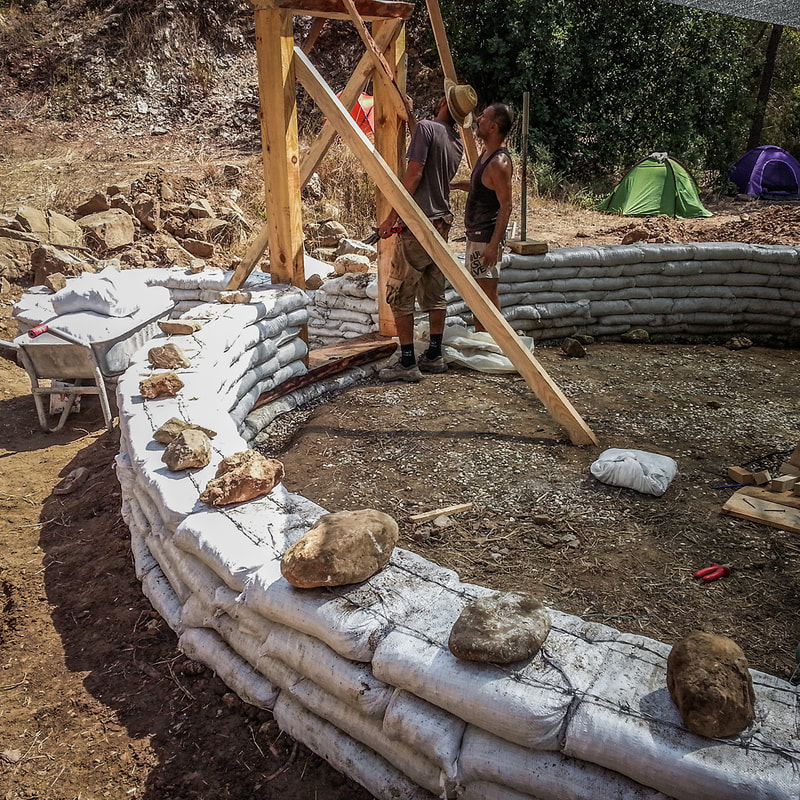
Difficulty of Technique
Earthbag is labour-intensive compared to straw bale or wood, but the good news is the technique is fairly idiot-proof. Earthbag homes can be built fast, depending on the energy and organisation of the team. Finishing the interior may take longer though.
Cost
If you’re building a round house, the materials are very inexpensive. Mud is free. The sacks are inexpensive. Labour is the key factor for cost with earthbag, so if you have volunteers it’s going to reduce the price tag significantly. If you’re making a straight-walled post and beam structure, then it’s going to be more expensive.
Insulation
Poor. R 0.2 per inch (still better than concrete though).
Thermal Mass*
Excellent.
Shape
One of the attractions of earthbag is the freedom of design. Domes, circles, and wavy lines are all possible.
Earthquakes and Extreme Weather
Earthbag is without a doubt the strongest sustainable building technique out there. It has exceeded earthquake test limits with no visible damage. This is why it has become popular in seismic areas like Nepal. I can personally attest earthbag also performs amazingly in hurricanes.
In the Wet
Earthbag performs better in the wet than any other mud building technique because the bags and wire hold the dirt together in case of a flood. Again, as with all mud buildings, rubble trench foundations, a good stem wall and wide eaves are necessary.
Maintenance
Negligible. Plaster touch-ups, that’s it.
Longevity
Because it’s a modern technique we’re yet to see how long earthbag lasts. But with decent rubble trench foundations, it’s estimated to stand at least a century.
Other Advantages
Fireproof, soundproof, bulletproof. Earthbag is the survivalists’ dream:)
Other Issues
In mixed (wet followed by dry) climates, the clayey earth in the bags will swell and shrink, especially in the first year. This can put pressure on door and window frames, as the walls expand, compress the frames and then contract again.
Cob
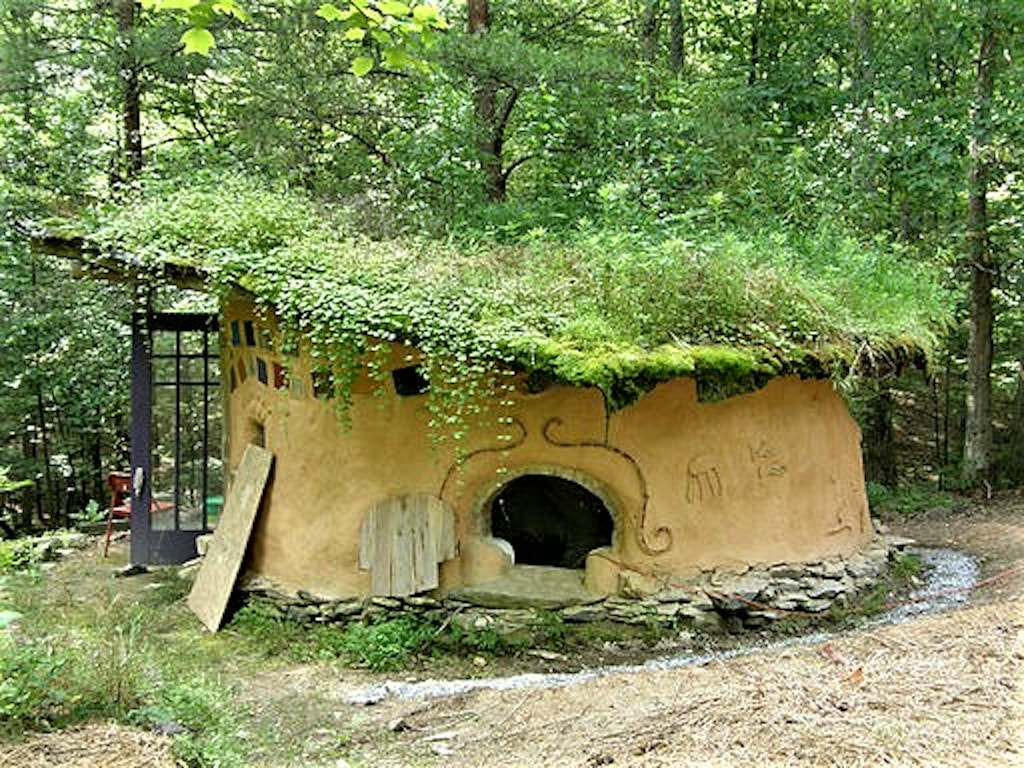
Difficulty of Technique
Cob can be time-consuming depending on the climate, as each layer needs to dry before laying the next. Patience and some know-how are necessary. It’s a beautifully simple technique though. Perfect for artists, and fun too.
Cost
Mud is free. Labour, time and learning the art is where you could spend money. A great technique if you can find volunteers and have no pressing time limit.
Insulation
Poor. R 0.2 per inch (better than concrete)
Thermal Mass
Yes.
Shape
The beauty of cob is you can create all kinds of wiggly, organic shapes with it.
Earthquakes and Extreme Weather
Cob is stronger than poorly constructed concrete or brick, but not so great in floods.
In the Wet
It all depends on how high your footings are, and how wide your eaves. Cob can resist a fair amount of rain and weathering, but is not recommended on flood plains.
In the Cold
Earthen walls work well with passive solar construction, and heat up like a battery. But they are not recommended in climates that are subzero for months on end (for more detail on that look here).
Maintenance
Easy and enjoyable. You’ll probably just be patching up the final layer or the lime wash in the areas that see hard rain.
Longevity
Centuries. Cob houses have been standing for centuries in the UK.
Straw Bale
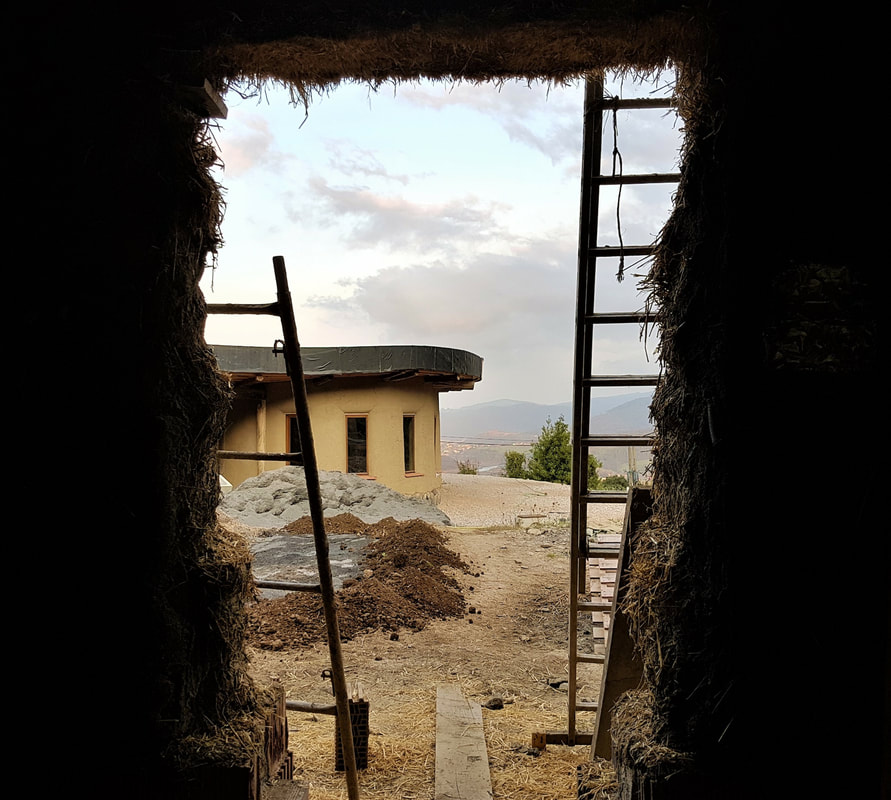 ?Difficulty of Technique
?Difficulty of Technique
Straw bale is one of the fastest and least labour-intensive of all the natural builds. Bales are light compared to sacks filled with mud. You can have a house up in weeks. Finishing the interior may take longer though, and you’ll need some basic carpentry skills for a post-and-beam structure.
Cost
Usually pricier than mud building because of the post and beam structure. If you don’t have straw bales to hand this will also add to the cost.
Insulation
Excellent. R1.5 – 2.5 per inch depending on which study you follow. The way to go in cold climates.
Thermal Mass
Poor.
Shape
Although there are plenty of examples of alternative shapes created from straw bales, you are using a rectangular building block which lends itself better to straight lines when compared to cob or earthbag.
Earthquakes
Excellent. Straw bale has been known to survive an 82-ton force on a shake table.
In the Wet
Moisture is the enemy of straw bale, and I’ve seen a few cases of bale rot now, which can be the end of your house if you’re not careful. Yes experts know how to mitigate this, and if you construct a decent rubble trench foundation, a high stem wall and wide eaves, straw bale can stand plenty of rain. But if you’re a newbie, you need to bear this tendency to rot in mind.
Maintenance
Plaster touch-ups. Usually easy and enjoyable.
Longevity
With the correct foundations and moisture/fire protection, straw bale can last a lifetime.
Other Advantages
Soundproof. Very snug.
Other Issues
– We’ve seen a number of fires in straw bale homes (Both Simon Dale’s went up in flames), so you really need to be super careful about your wiring, wood burner pipe exits, and so on.
– Mice can move into the walls if they find a hole to enter by.
Check out this Strawbale house on Pure Portugal here!
Wooden Cabin
 Difficulty of Technique
Difficulty of Technique
You will need some reasonable carpentry skills to build a nice cabin.
Cost
Wood is always the priciest material in a natural build, especially if you’re going for quality, so a wooden cabin will no doubt cost more than a straw bale hut, and definitely more than cob or earthbag.
Insulation
Very poor. You’ll have to add decent insulation to the walls in cold climates.
Thermal Mass
Poor. Wooden huts neither store much heat, nor prevent temperature exchange. This is one of their major disadvantages in my opinion.
Shape
Wood wants to go straight, so geometrical shapes are going to be the most logical for a wooden structure.
Earthquakes
Better than stone. Worse than earthbag or straw bale.
Hurricanes
How your hut stands up to a tornado does depend on how well built it is, but generally? Rather you than me.
In the Wet
Raised wooden structures will survive the wet quite well. You can stick them on stilts, for example.
Maintenance
Grrr. I find wood a right pain in the backside to maintain (though it does depend on which wood you’re using, and the amount of weathering your hut will see). Usually you’ve got to prevent it from sun and rain damage, which is expensive and time consuming.
Longevity
This largely depends on the wood you are using. Some quality hardwoods last forever. Others, like commonly used pine, will need a lot of care.
Other Advantages
Super fast to build. If you’re in a tight spot and need a roof over your head fast, wood can get you there.
Other Issues
Not soundproof, nor fireproof.
Stone House
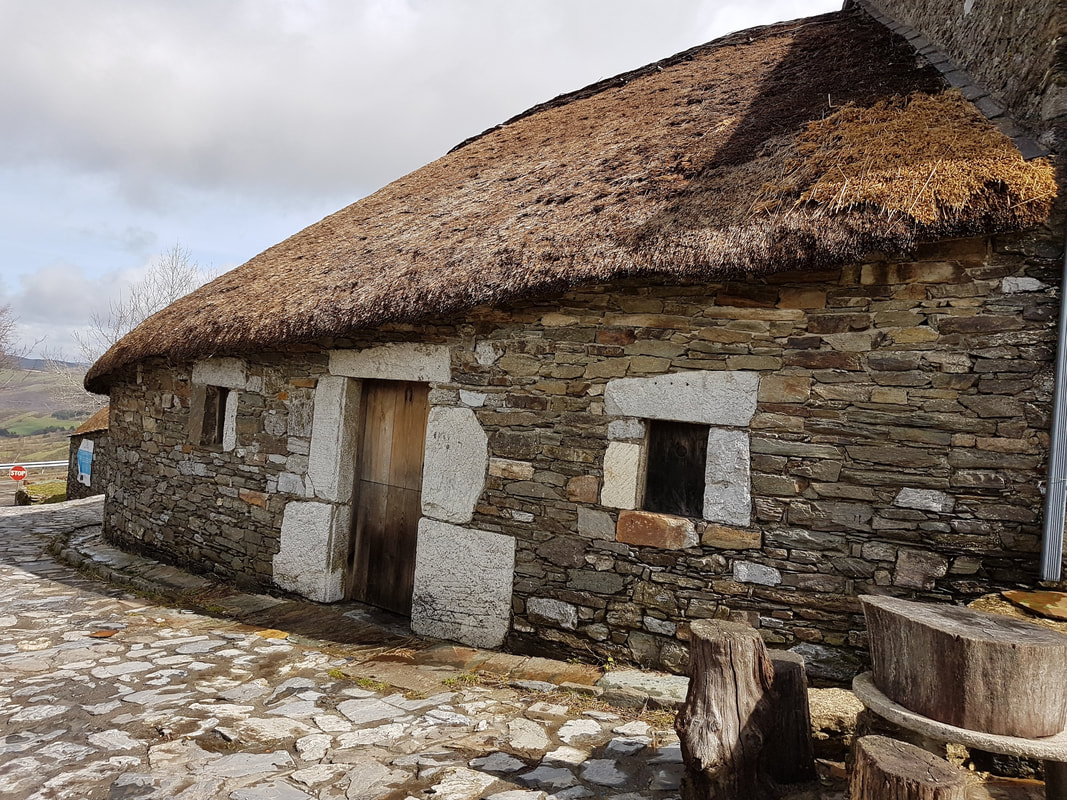
Difficulty of Technique
You’ve got to know what you’re doing with stone, especially if you’re building with a natural mud or lime mortar.
Cost
If you’ve got the stone on site, and you are a stonemason, fantastic! If not…ouch! In most countries hiring a stone mason is going to set you back a pretty penny.
Insulation
Poor.
Thermal Mass
Good. Performs way better with mud or lime mortar than with Portland cement.
Shape
Ah, stone is very aesthetic in the right hands. You can create all kinds of shapes, round or geometric.
Earthquakes
Stone usually performs badly in earthquakes because the stones shudder and shift, thus loosening.
In the Wet
There’s no real issue with stone houses in the wet.
Maintenance
Very easy. Perhaps a bit of mortar pointing every few years?
Longevity
With the correct foundations and drainage, stone houses last millennia.
Other Advantages
The stones have a personality, an it’s quite wonderful to live with them. Another great thing about stone wall is that mice can’t chew through them.
Check out some of the stone houses for sale on Pure Portugal here!
Wattle and Daub
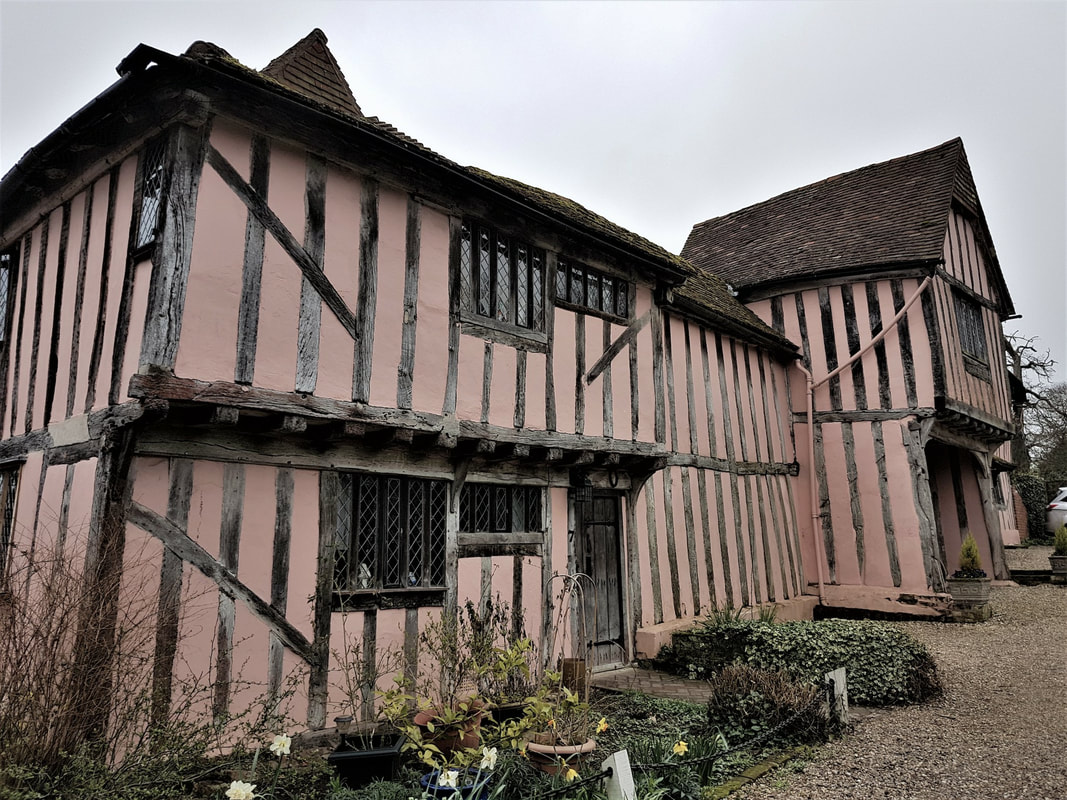
Difficulty of Technique
I think wattle and daub is quite underrated and underused in the trendier world of natural building. It’s not horribly complex. You will need some basic carpentry skills for the post-and-beam structure (much like with straw bale), but the wattling and daubing itself is wonderfully easy, and enjoyable.
Cost
Similar to straw bale in terms of materials. The post-and-beam structure is where the money goes.
Insulation
Poor.
Thermal Mass
Good.
Shape
Geometric shapes are best for wattle and daub, as the laths are straight lines.
Earthquakes
Not sure. I only know them from the UK where there are all but no quakes. If you know, feel free to add in the comments, and I’ll update the post.
In the Wet
As with the other mud builds, if you have decent eaves and decent rubble trench foundations with a good stem wall, wattle and daub can cope well in the rain.
Maintenance
If lime washed, then the maintenance is pretty straight forward.
Longevity
Excellent. Wattle and daub houses from the 15th century are still very much alive and well in the UK.
Huge thanks to The Mud Home for this great article! Please consider joining them on Patreon. Your support pays for the running of their website, their virtual help, and sustenance!






I am intending to build a house from cork oak trees which I will vlog on my YouTube channel:
Where’s David-Paul?
I will end up with a house that requires no heating or cooling because it will be covered in cork bark. It won’t take ages to grow because I have a neat trick up my sleeve.
Sounds like a great idea.
Mine is made the traditional way. Mud, they call it “taipa”. 60 cm walls…. still hot when 43 degrees outside
Yes indeed! Not much can keep out that level of hot! 🙂
I am based in Central Portugal
Where can I find earthbag tubes?
Hello! Please join our FB group linked here – you can ask there as lots of knowledgeable people who might have a good link for you! click here
Would be nice to have a review on hemp blocks as well!